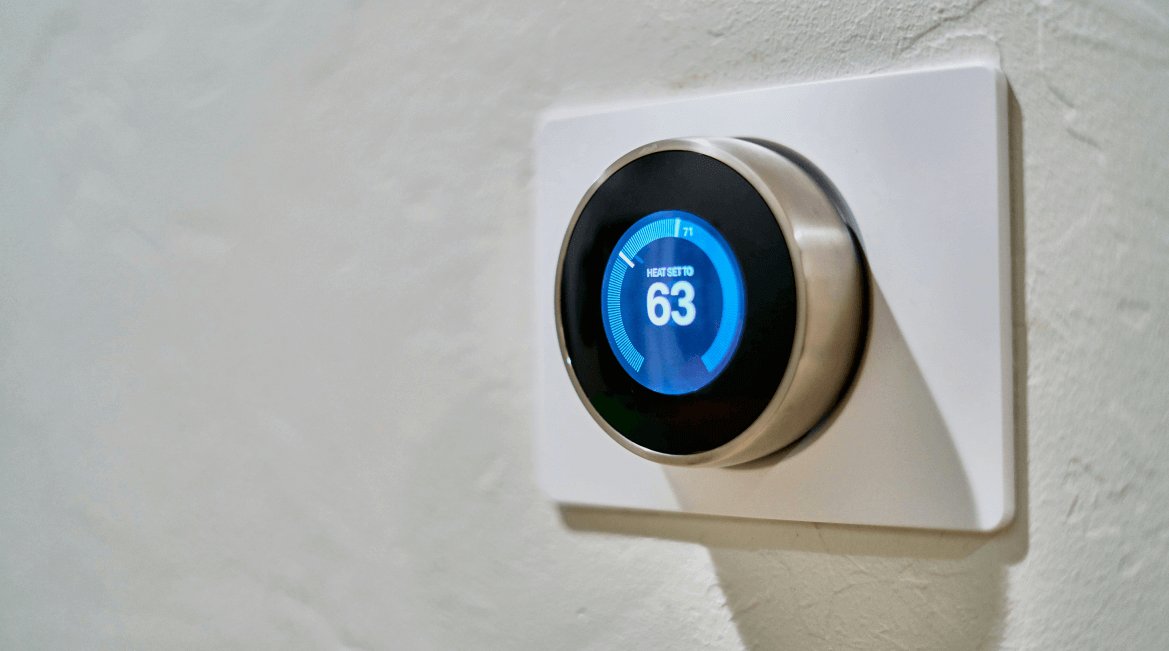In the post-pandemic era, we’ve witnessed drastic changes in business development patterns, customer care expectations, and demands for employee satisfaction. Undergirding all of these trends is a heavy emphasis on digitalization—utilizing software to streamline tasks once completed manually, even only a few years ago. Coupled with the recent emergence of AI, it seems our contemporary economy has been thrown into an entirely new world.
The HVAC and home service industries are no exceptions to these global trends. Beyond a doubt, the biggest issue HVAC faces today is climate change. Even as intense weather events continue to pose challenges to the resiliency of HVAC systems, increasing demand for these systems promises to drive massive growth for the industry. While estimates vary, one projection estimates the global HVAC market to grow by $163 billion over the next decade.
While the road ahead will be difficult to navigate, HVAC companies that successfully harness the power of digital data and use it for their benefit will be able to stay on top of these ever-evolving trends in an unpredictable market—and world.
Below, we’ll take a look at six major trends in HVAC to be aware of in 2024, and beyond.
1. Climate Change Adaptation
Increasing temperatures and extreme weather events of recent years, as well as power grid failures in the US, have made it apparent that heating, cooling, and electrical systems require a huge amount of proofing to ensure they’re well-prepared for whatever comes next. Summers continue to set records for heat year after year, and demand for new and better AC systems has risen in tandem with this trend.
However, these challenges can present the HVAC industry with major opportunities. Greater demand for HVAC products in hotter weather, coupled with important innovations—such as smart systems and HEPA filters—promise to shake up the industry and drive significant growth in coming years. With this in mind, HVAC systems will adapt accordingly, becoming more energy-efficient, resilient, and cost-effective against the effects of higher temperatures and more intense climactic events.
Probably the biggest area of HVAC market expansion in the US is the Sun Belt—California, the Southwest, Texas, and Florida. Increasing urbanization in this region, coupled with more intense heat waves, promise to drive significant demand for HVAC. Indeed, the North American HVAC market already sits at $29 billion, and is expected to increase to $40 billion within the next five years.
2. Renewed Emphasis on Customer Service
During the pandemic, customers’ expectations of receiving quality service increased, but the perceived level of customer satisfaction actually declined. Since then, businesses have become increasingly aware of the need to provide top-notch service to their customers through a variety of channels. Ideally these channels should integrate, or share information, with each other—both for customers’ ease, and for businesses themselves to keep track of everything sent their way.
For example, a customer with a complex question might start by emailing your support team, and finish their inquiry on a live call. It’s essential that data from both channels correspond!
Thankfully, AI has become increasingly sophisticated in the past few years, and informational chatbots are now a regular feature of customer service. This development has allowed basic questions to be redirected to preset AI answers, while more in-depth queries are left for human agents to address, streamlining the customer service process—and leading to happier clients and agents alike.

3. Improving Indoor Air Quality
One of the biggest side effects of the pandemic has been increased awareness of the importance of indoor air quality. During the pandemic, high-efficiency particulate air (HEPA) filters—which purify air of 99.7% of viruses, bacteria, dust, pollen, and other particulate matter 0.3 micron or less in size—were considered the gold standard of safety and effectiveness, and became prominent fixtures of airplanes, hospitals, and schools. Even after the pandemic has subsided, knowledge about the importance of indoor air quality and HEPA filters’ role in public health has remained. With that in mind, expect demand for sophisticated air filtration systems to expand, both for public buildings and private homes.
4. Smart Systems and Home Automation
An integral aspect of modern HVAC, smart systems harness IoT (Internet of Things) technology to control and adjust internal temperature and lighting. Sensors in smart systems regulate the components that determine a room’s temperature and comfort—heat, carbon dioxide levels, occupancy, and light conditions, just to name a few. A smart system user can manually adjust these components to exact specifications, or establish presets that will do so automatically. For example, a self-regulated smart system that detects a room is unoccupied will switch off the room’s heat in winter, or switch off its AC in summer.
Smart systems are booming in popularity as they reduce energy usage and cut costs, essential for both environmental sustainability and financial savings goals. As these efforts become increasingly integral for both businesses and private households, we can expect to see an ever-increasing rate of smart system installations in the future. In fact, Straits Research predicts the market for smart systems will grow from about $200 billion last year to over $365 billion in 2035!
Build your first dashboard.
Start your 14-day free trial today
5. Data Usage for Work Efficiency
You may have heard this now-famous saying: “Data is the new oil.” In the same way that oil discovery and refinement creates massive influxes of wealth, sophisticated data harvesting and analysis have likewise become essential for any business to generate revenue. With a huge array of industry-specific tools available for companies to monitor their metrics and make informed decisions based on current insights, data has never been a more valuable asset for any type of business, including HVAC and home service companies.
Data analytics has tremendous potential within the HVAC industry. It can reveal trends in your market niche and demographics, provide actionable business insights, generate new and promising leads, and increase your lead-to-deal conversion rate. As an HVAC business, there’s no reason to not engage with data, especially as the resulting cost reduction and increased efficiency can be significant.
Of course, one of the best ways to implement data-driven decision-making is to use a data visualization tool, as it’s the obvious method for ensuring you know and understand where your metrics stand—and the rest of your team does too.
6. Digitalization to Get the Job Done
Digitalization promises tremendous benefits for HVAC firms—and today, there’s no shortage of software tools built specifically for the HVAC and home service industry. While exact capabilities and features differ between platforms, software solutions such as ServiceTitan, RingCentral, and Plecto allow companies to monitor and utilize their data insights while performing an immense array of tasks. These include invoice generation, VoIP calling, double-entry bookkeeping, driving route optimization—and these are only a few of the features offered.
In a nutshell, the future of HVAC business processes lies in software solutions, so definitely check out some examples today.
Stay on top of trends with Plecto
Monitoring new trends and obtaining data in the HVAC industry can be a lot to keep track of. But Plecto can help your small business thrive in a challenging environment. With Plecto real-time dashboards, you’ll be able to centralize, visualize, and implement your business decisions on actionable, data-based insights.
Sign up for a 14-day free trial, explore all of Plecto’s features, and start outperforming in HVAC and home service, today!

JAMES NIILER
Content Specialist
An in-house content writer and specialist at Plecto, James brings an academic touch and journalistic flair to his marketing copy. Having worked and studied on both sides of the Atlantic, James is a great believer in the importance of communicating across cultures and industries. Catch his work here on the Plecto blog, or as a guest contributor on other B2B websites.



